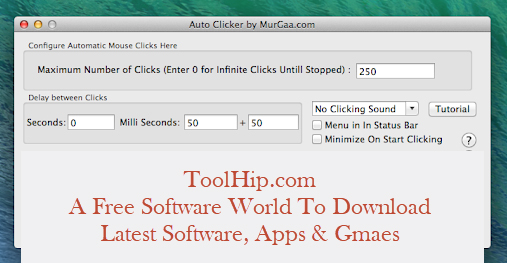
- 2009 MAC MINI VERY SLOW TO START INSTALL
- 2009 MAC MINI VERY SLOW TO START UPDATE
- 2009 MAC MINI VERY SLOW TO START MAC
This folder is part of the system and is read before anyone logs in, so changing its contents will affect all user accounts. If you are absolutely sure that you can go ahead – for example, if you find resource files for a printer that you no longer use – removing them can help improve boot times. It's possible to delete items from this folder, but be careful that you don't trash anything that you actually need. Typically, these are services that applications or peripherals need to run properly such as printers, scanners or dongle security enablers.
2009 MAC MINI VERY SLOW TO START MAC
If you go to Macintosh HD > Library > StartupItems you will see the user-installed things that your Mac is loading as it boots. You can trash the application's folder, but this by itself won't get rid of other resources placed elsewhere in the system when it was installed. One remedy for this is to use an uninstaller program like AppZapper or AppDelete to delete any unused apps on your system, including all associated support and library files.
2009 MAC MINI VERY SLOW TO START INSTALL
Entourage not sending mail MSS and MTU packet size.A "vanilla" or completely fresh system will generally start up quickly on any modern Mac, but as you install programs over the years and fill up your boot drive, the computer has to perform more disk activity and sift through more startup items, even unused ones, before it can finish booting.Creating a mobile account after the fact: Mac.

Mac: Kerberos time-outs and locked screen saver.Accents in display names causing problems in Entou.Very good description of AD binding process for th.To cache secondary mailboxes in Outlook.Snow Leopard: Kerberos ticket not renewing coming.Changeip command for updating IP and host names: O.The Real Name search is particularly fast. I have tested both of the above work-arounds and found that they work very well. In Workgroup Manager, click on the little magnifying glass in the search window, go to “advanced” and search for “Real Name” This will search the cn attribute and is much faster than a normal search- this works for groups too.In Workgroup Manager, click on the little magnifying glass in the search window and select "Name is" and enter the last, first of the user you are searching for.The Workgroup Manager plug-in times out after 60 seconds and even an ldapsearch from the command line will only search for 120 seconds and then give up.Īpple has two suggestions to speed up searches: The problem, according to Apple, is that AD doesn’t index any attributes for a substring search and therefore all records have to be searched. One of the major complaints about OSX Server is that once they are bound, searching for users/groups from the AD can take a long time (and sometimes times out before completion).
2009 MAC MINI VERY SLOW TO START UPDATE
In such a configuration (DHCP and DNS on the same server) MS recommends using an account with DNS credentials to update the DNS records to ensure the integrity of Dynamic DNS updates.Īccording to Apple, Snow Leopard should have the ability to dynamically update PTR records. It is also highly recommended that DHCP servers NOT reside on domain controllers. This can cause problems if the client goes to another location, if the DHCP server is changed or if the A and PTR records are not released properly (which happens a lot). The problem with the later method is that the server, rather than the client, will own the record and the client’s ACL is not included in the DNS object’s security list. To discard A and PTR records when the lease is deleted is necessary.”ĭHCP servers can be configured to either update A and PTR records only if requested by clients or to always update DNS A and PRT records. That is why scavenging and choosing the option

If a PTR record already exists with the IPĪddress that a Mac has, the Mac will be given the hostname of the The 10.5 MacĬlients will register an A record and the DHCP server must register “Mac OS X 10.5 clients do not update PTR (reverse) records. This is a problem for applications such as LANDesk which need accurate DNS names associated to IPs.Īfter much research and many discussions with Apple we have finally received this definitive reply: For example, your Mac might be named ldntam-DMX1234 but you get a hostname of OSLggk-DXP5678 or some other random name. As many of you are no doubt aware the Mac hostname displayed on the client and in the DNS Name field of ARD are more than likely incorrect.


 0 kommentar(er)
0 kommentar(er)
